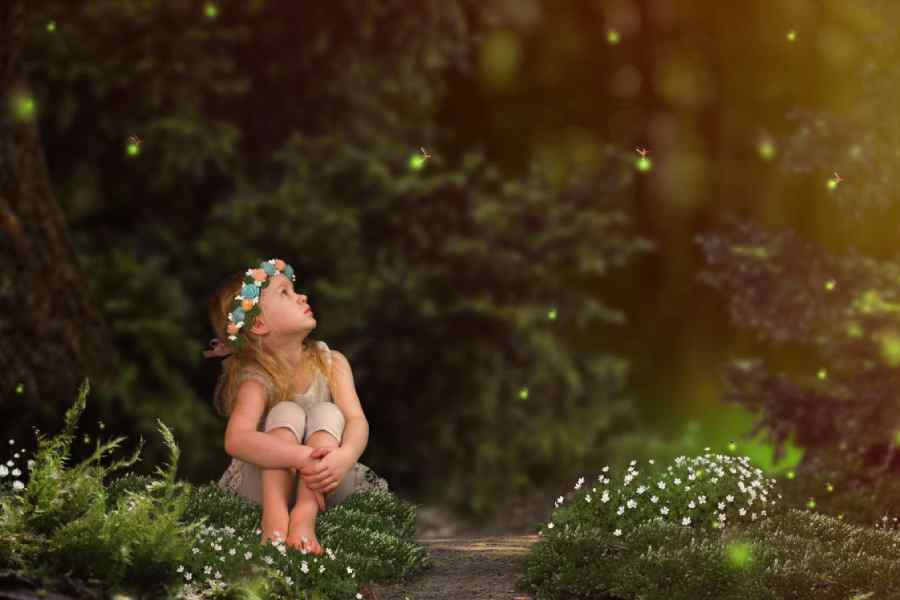THE LAST TALE OF THE FLOWER BRIDE
By Roshani Chokshi
Hodderscape, Rs 699
Once upon a time, a fairy tale scholar fell fatally in love with a wealthy heiress, Indigo Maxwell-Casteñada, in his quest for a 13th-century grimoire. Their torrid affair quickly turned into marriage with the promise that the unnamed bridegroom will not pry into the secrets of his mysteriously charming bride.
Roshani Chokshi makes her adult fantasy debut with The Last Tale of the Flower Bride. Infused with gothic elements, she reveals a beautiful tale of friendship between and the coming-of-age of Indigo and her dearest friend, Azure, when the bridegroom visits his wife’s childhood home, the House of Dreams.
Unlike the classic locations of gothic romances, such as Thornfield Hall in Charlotte Bronte’s Jane Eyre or Manderley in Daphne du Maurier’s Rebecca, this house doesn’t evoke horror. It invites the bridegroom to break his promise and pry into Indigo’s secrets, the ones hinted at by Indigo’s dying aunt. It is decorated in shades of scarlet and with taxidermal animal skulls. It connects with its residents emotionally, conveying its feelings at their presence and forthcoming absences. Chokshi also experiments with the subgenre as she sets the man on a quest to pry into his wife’s past without competing with the ghosts of a former spouse. She introduces childhood friendship and sisterhood.
We enter Indigo’s past through Azure’s point of view. Azure, a working-class girl, finds respite from the hostile environment of her family in Indigo’s friendship and her grand mansion. This tale of girlhood is filled with endearing images of the girls dressing up in ill-fitting gowns and hosting tea parties. Indigo is obsessed with fairy folk, knowing she is not meant for the mortal world. Azure joins her quest and soon they become inseparable. As they come of age, Azure longs to experience as much of the mortal world as possible before she answers the call of magic. The friendship dominated and manipulated by Indigo with the intention of becoming one with her shadow, Azure, slowly becomes a train wreck.
The ornate descriptions create a vague image of the grandness. The never-ending flowery text slows down the plot much more than creating an eerie, haunting, on-the-edge experience. The bridegroom spins fairy tales, one after another, and analyses their structure, predicting the doom that awaits him. Interestingly, at first, it becomes repetitive — symbolic of his inner turmoil and hesitation to break the oath. The secret is predictable but the revelation in the end is refreshing since it inverts the classic dynamics of horror by evoking tenderness in the direst of times.
The Tale of Last Flower Bride lures readers with the promise of a fairy tale, bloody and horrifying, and leaves them with the innocence of the pursuit of love at a young age turning into a quest for freedom, a freedom that comes at a price.

